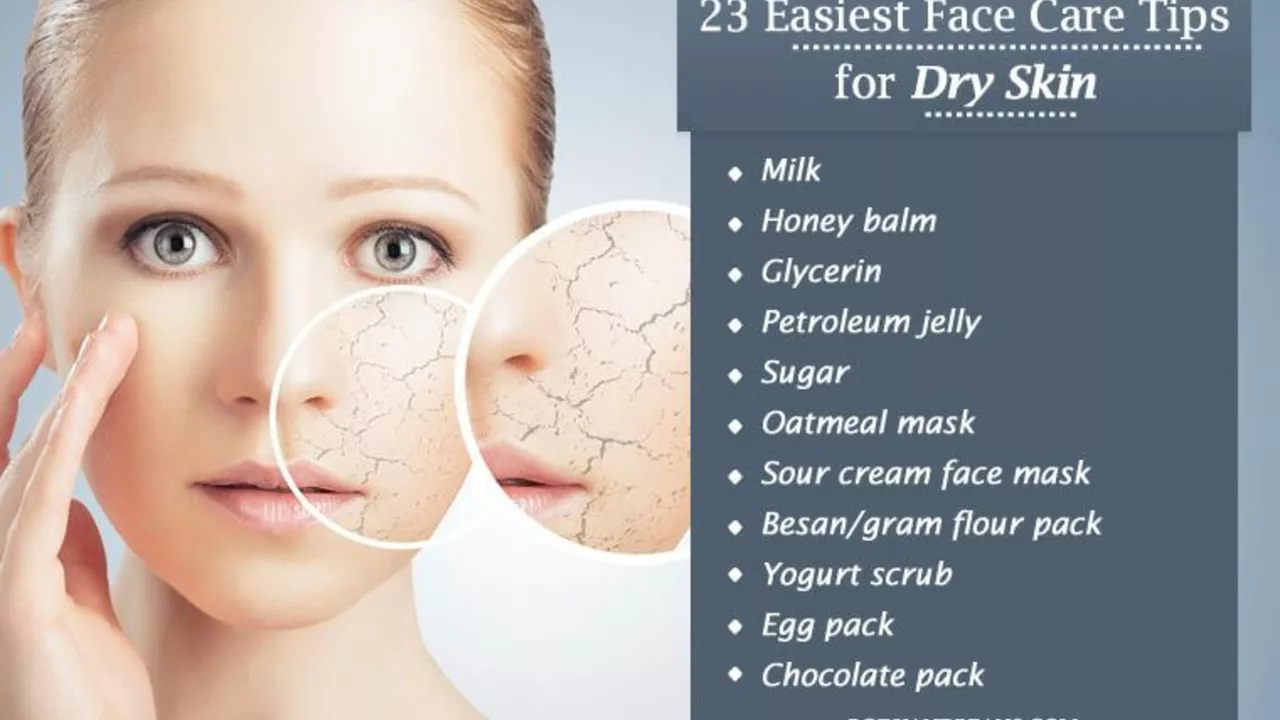Understanding Fungal Skin Discoloration
Before we delve into the connection between fungal skin discoloration and sun exposure, it's crucial to understand what fungal skin discoloration is. Fungal skin discoloration is a common condition caused by a type of fungus that affects the skin's pigmentation. The most common type of fungi responsible for this condition is known as tinea versicolor. This fungus interferes with the normal pigmentation of the skin, resulting in small, discolored patches. These patches can be of various colors, including pink, brown, or white.
Effects of Sun Exposure on Skin
Sun exposure can have both positive and negative effects on the skin. It can help in vitamin D synthesis, which is essential for bone health. However, excessive sun exposure can lead to various skin conditions, ranging from mild sunburn to skin cancer. Other effects include premature skin aging, skin discoloration, and DNA damage. It's worth noting that UV radiation from the sun is a known carcinogen, and its effects are cumulative over a person's lifetime.
The Link between Sun Exposure and Fungal Skin Discoloration
Now, let's explore how sun exposure is connected to fungal skin discoloration. It's important to note that the fungus causing skin discoloration thrives in hot, humid environments. Therefore, prolonged exposure to the sun can create an ideal environment for this fungus to grow. Moreover, the sun's UV radiation can also weaken the skin's immune response, making it more susceptible to fungal infections.
How Sun Exposure Can Exacerbate Fungal Skin Discoloration
Not only can sun exposure lead to fungal skin discoloration, but it can also exacerbate the condition in those who already have it. This is because the affected areas of the skin are unable to tan. As a result, when a person with fungal skin discoloration gets a tan, the patches become more visible as the skin around them darkens. This can lead to a more pronounced appearance of the discolored patches.
Prevention Tips for Fungal Skin Discoloration
If you want to reduce your risk of fungal skin discoloration, there are several steps you can take. One of the most effective is to limit your sun exposure, especially during peak hours when UV radiation is the strongest. Wearing protective clothing and using sunscreen can also help. Additionally, maintaining good hygiene can reduce the likelihood of fungal growth on your skin.
Treatment Options for Fungal Skin Discoloration
Fungal skin discoloration is a treatable condition. The most common treatments include topical antifungal creams, lotions, or shampoos. In severe cases, oral antifungal medications may also be prescribed. However, it's important to note that even after successful treatment, skin color may remain uneven for several weeks or even months. Furthermore, the condition can recur, especially in warm, humid weather or after sun exposure.
Take Away: Sun Exposure and Fungal Skin Discoloration
In summary, there is a clear connection between sun exposure and fungal skin discoloration. The warmth and humidity from sun exposure can create an ideal environment for the growth of the fungus causing this condition. Furthermore, sun exposure can exacerbate the appearance of discoloration in those who already have the condition. Therefore, reducing sun exposure and maintaining good skin hygiene can help prevent and manage fungal skin discoloration.


April Liu
I used to get those patchy spots every summer until I started using antifungal shampoo in the shower. It's not just about sunscreen-hygiene matters too. Seriously, try it!